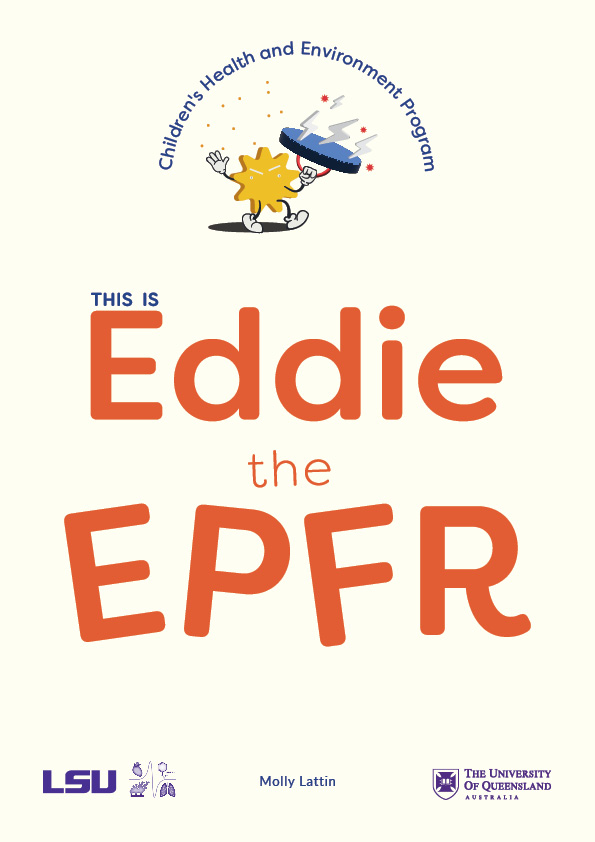Health vs. Waste
The Superfund Research Program (SRP) enables university-based scientists, engineers, and public health workers—along with community members—to lessen the environmental health effects of hazardous waste sites across the nation. The focus of our SRP at Louisiana State University is to (a) clarify the pulmonary and cardiovascular health effects associated with inhalation exposure to environmentally persistent free radicals, or EPFRs; (b) understand how EPFRs are formed; and (c) develop methods to destroy EPFRs—with the ultimate goal of protecting our communities and the environment.
Environmentally Persistent Free Radicals, or EPFRs, are a recently discovered class of pollutants, generated during thermal remediation (e.g. burning) of hazardous wastes on or from Superfund sites across the United States. One such site is in Colfax, Louisiana (pictured above). Although our LSU SRP team identified EPFRs in 2006, there are still no federal or state air quality standards for EPFRs, and their health effects are only partly known. EPFRs can induce severe asthma, according to research led by our team’s director, Dr. Stephania Cormier. Exacerbations are usually not responsive to steroid treatment and can be fatal; children are particularly vulnerable. Dr. Kurt Varner has also demonstrated that exposure to EPFRs diminishes baseline cardiac function and increases vulnerability to ischemia, a restriction in blood supply to tissues.
Nearly 53 million people in the United States live within three miles of a Superfund remediation site. That is approximately 17 percent of the population—more than one out of six residents—including 18 percent of all children under the age of five. This means that a vast number of US residents are exposed to EPFRs and their associated health risks.
LSU researchers are building resilience in our communities by engaging people who live close to Superfund sites and other sites where hazardous wastes are remediated to learn about their concerns and share scientific information as well as new research findings. Our team responds to questions such as: “Is it safe to eat the tomatoes in my garden?” or “I have a heart condition; should I stay inside?” or “Is there hope for our small town?”

